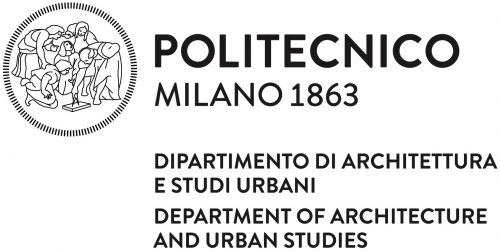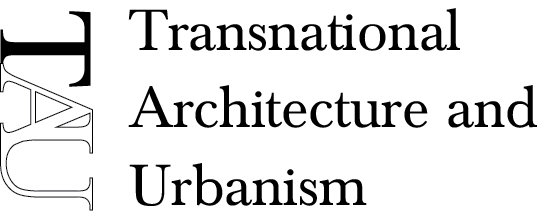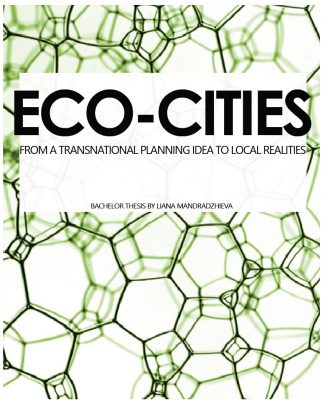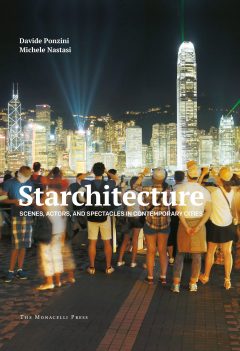Year
2016
Description
Nastasi, M., (2016) “”The City of Renderings. Photorealism, spectacle and abstraction in contemporary urban landscapes””, En: Alcolea, R.A, Tárrago-Mingo, J., (eds.), en Congreso internacional: Inter photo arch “”Interacciones””, celebrado en Pamplona, los días 2 al 4 de Noviembre de 2016, (pp. 274-285).



